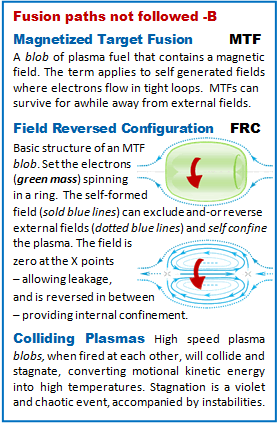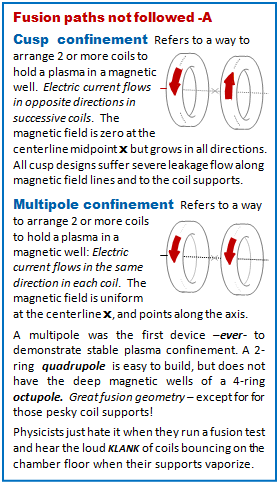Obama’s new overtime rules will change business practice. What does they speak to: injustice, inequality or something else?
The July 1, 2015 New York Times Business section carried an analysis by Noam Scheiber on proposed new Overtime rules, Obama Overtime Rule Scratches the Surface in Helping the Middle Class.
Obama proposes new Overtime (OT) rules to help to push back the income inequality that has been growing in our country for decades. The Rule raises the threshold for people who may be exempted from additional compensation for more the 40 hours work in any week. These exempt workers are paid by salary, not by time clock records, and are not compensated for any additional work hours beyond the those 40.
Mr. Scheiber’s first comment is very accurate – Obama’s new Rules will have almost no affect on Middle Class income.
This is because it changes how to improve compensation for job related work hours beyond the standard 40 hr/wk. OT pay is not part of a contract, it is fortuitous money that occasionally arrives but cannot be included in a budget. This rule will do little to nothing to offset the social income pump that shifts money from the lower wage workers into the accounts of the ultra wealthy.
Noam Scheiber ties the lack of effectiveness to the income inequality studies published by Emmanuel Saez and Thomas Piketty. The analysis ends with a solid discussion of what really is needed to begin addressing our ongoing income shift. We examine his points with observations to underline his basic conclusions. Click any image for full resolution.
Overtime (OT) Pay
Currently, a salaried worker who makes above $23,660 may be classified by the company as an exempt employee (not eligible for OT pay). Let’s examine whether a change would make a difference. Continue reading


























